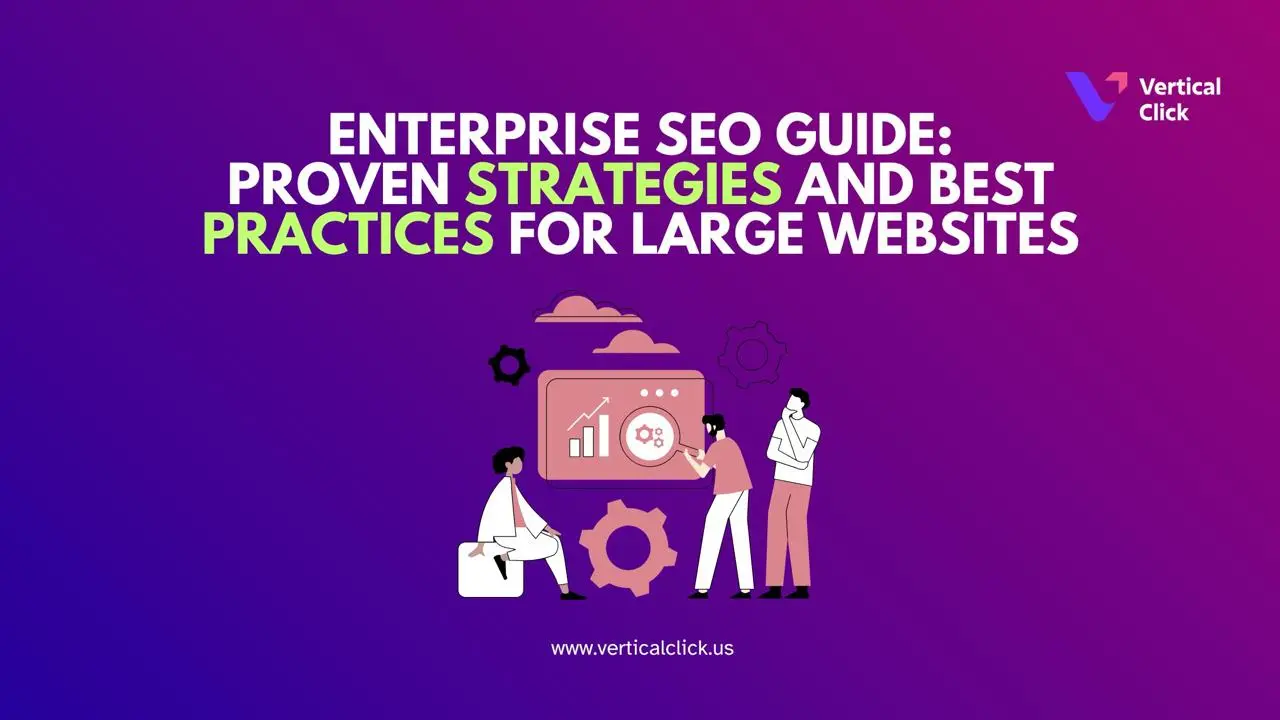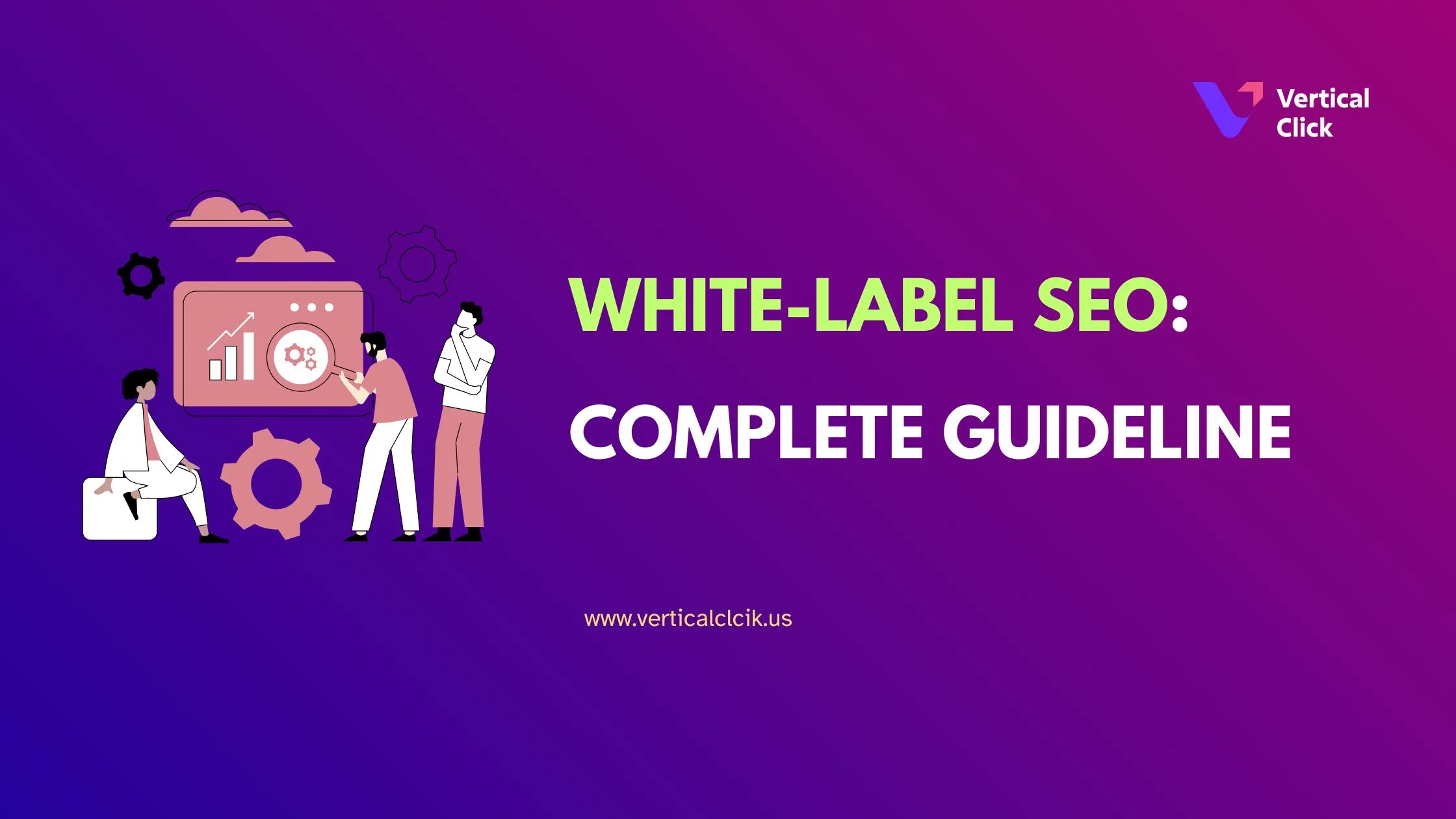SEO management for large-scale websites entails more than keywords and backlinks; it requires the orchestration of a strategic, scalable system that supports thousands (or millions) of pages, all without sacrificing performance. This Enterprise SEO Guide comprehensively deals with the strategies and best practices that can assist large organizations in ruling search engine results, driving consistent traffic, and outrunning algorithm changes.
What Is Enterprise SEO?
Enterprise SEO Guide is when the large-scale SEO of websites is optimized somewhere in the range of thousands of pages. These include e-commerce behemoths, global brands, and media platforms indeed. Enterprise SEO, more than small-business SEO, therefore requires scalable solutions; teams across departments will have to cooperate, and all of it will have to be managed using sophisticated tools.
1. Scalable Site Architecture
A good foundation must be laid down for an enterprise website structure for its users and search engines.
- Flat hierarchy: Important pages should be no more than 3 to 4 clicks from the homepage.
- URL consistency: Use clear, canonical-friendly URLs across all sections of the site.
- Internal linking strategy: Use contextual linking to show authority for deep pages.
- Pagination and faceted navigation: Implement smart filters and canonical tags to prevent duplicate content and waste crawl budget.
2. Advanced Technical SEO
The technical health of enterprise SEO is the backbone. Some minor issues can cause havoc when scaled, causing trouble for thousands of pages.
- Site speed: Use Core Web Vitals as benchmarks; optimize images, JavaScript, and CSS delivery.
- Mobile-first index: Ensure all mobile content mirrors desktop content. This includes structured data.
- Crawl budget optimization: Among others, use robots.txt or noindex on low-value pages to make maximum use of crawl budget.
- Schema markup: Introduce structured data for products, articles, reviews, etc., to ensure enhanced visibility via rich results.
3. Content Strategy at Scale
Content is king, but even more so at the enterprise level, quality coupled with governance is key.
- Content auditing: Regular content audits to identify and remove duplication, consolidate similar subjects, and refresh older posts.
- Content silos and hubs: Group related content into silos for greater topical authority.
- E-E-A-T: Showcase Experience, Expertise, Authoritativeness, and Trustworthiness with author bios, credible sources, and transparent practices.
- Localization: For global sites, localize content (not just translate it) to reflect cultural relevance and intent.
4. Keyword Strategy Applied at the Enterprise Level
Big sites will need to have smarter keyword strategies that will consider more than surface-volume analysis.
- Intent-specific targeting: Map keywords to the stages in the user journey — informational, navigational, and transactional.
- Programmatic SEO: The automation of landing pages that target keywords (e.g. product categories, location, etc.), all without compromising quality.
- Long-tail keywords: Use them for less competition and more intent, especially with blog and support content.
5. Governance and Collaboration
SEO at this scale requires cooperation with departments including content, dev, products, legal, etc.
- SEO Playbook: A set of guidelines should be developed for content creators, developers, and marketing teams.
- Approval Workflows: Establish clear processes around content changes, code deployments, and schema updates.
- Education and training: Keep teams in the loop with updates on algorithms and SEO tools.
6. SEO Tools and Automation,
Needless to say, automation comes into play in managing thousands of pages with huge data sets.
- Crawling and auditing tools: Use Screaming Frog, Sitebulb, DeepCrawl, and other tools for periodic checks.
- Dashboards: Use Google Looker Studio or Power BI to create custom dashboards to create some insights about KPIs.
- AI and NLP: Use AI-assisted tools for content suggestions, FAQ generation, and meta tag optimization at scale.
7. Performance Measurement & KPIs
To assess the progress of a vast site, appropriate metrics are required.
- The main KPIs: Organic traffic, keyword rankings, revenue attribution, and indexed pages.
- The secondary KPIs: Bounce rate, time on site, crawl stats, and page speed scores.
- A/B Testing for SEO: Title tags, meta descriptions, and structured data may all be tested to figure out what contributes to an increased CTR and ranking.
- Risk Management and Algorithm Readiness
8. Algorithm updates can be sweeping and disastrous for large websites.
- Monitor SERP volatility: Use tools such as Semrush Sensor or Mozcast.
- Prepare for updates: Keep a continuous backlog of priority fixes that can be deployed rapidly if needed.
- Build resilience: Avoid black-hat tactics and focus on sustainable SEO strategies that align with Google’s long-term goals.
Conclusion
Enterprise SEO is not just a game of short wins — it is a game where a scalable, long-term SEO infrastructure is built to support large teams and complex websites. Together with a strong technical backbone, intelligent content strategy, cross-collaborative teamwork, and smart automation, large enterprises can keep their visibility, flexibility, and authority amid the shifting sand dunes of the search landscape.


